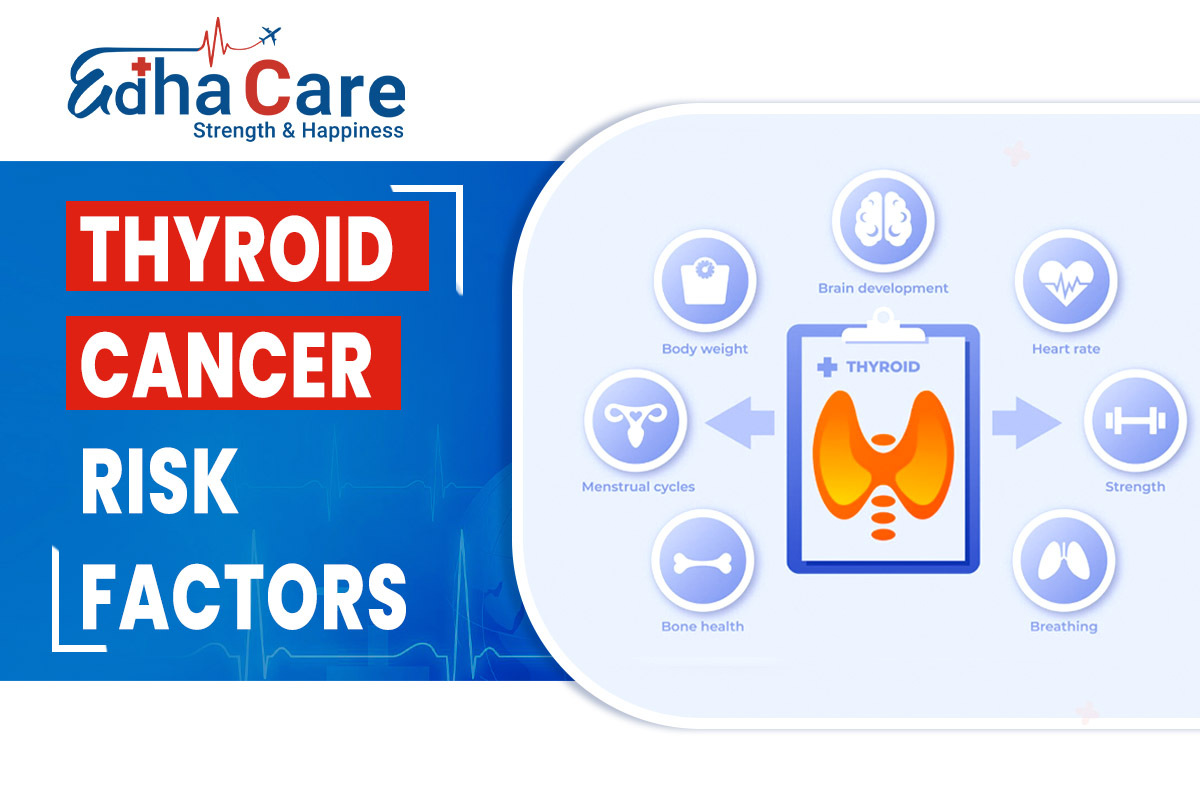Bentall Procedure: Indications, Types, and Recovery with Edhacare

Strong 8k brings an ultra-HD IPTV experience to your living room and your pocket.
When it comes to life-saving heart surgeries, the Bentall procedure stands out as one of the most effective options for treating serious aortic conditions. This comprehensive surgery can be overwhelming to understand, especially if you or a loved one has recently been advised to undergo it. In this blog, we’ll walk you through everything you need to know—from what the Bentall procedure involves to the recovery process and cost in India.
What is the Bentall Procedure?
The Bentall procedure is a type of open-heart surgery used to replace the aortic valve, aortic root, and the ascending aorta with a composite graft. This procedure is essential for patients with life-threatening heart conditions such as:
Aortic root aneurysms
Aortic valve disease (leaky or narrowed valve)
Aortic dissection (tear in the aortic wall)
Genetic disorders like Marfan syndrome or Loeys-Dietz syndrome
During the surgery, the damaged parts are replaced using synthetic grafts and either a mechanical or biological heart valve. The coronary arteries are also reattached to the graft, ensuring normal blood flow to the heart.
Who Needs the Bentall Procedure?
Not every heart condition requires such an intensive operation. The Bentall procedure is typically recommended for patients with:
Aortic Root Aneurysm: A ballooning of the aorta close to the heart, which can be fatal if it ruptures.
Aortic Valve Disorders: Conditions like aortic stenosis or regurgitation that compromise heart function.
Connective Tissue Disorders: Diseases such as Marfan or Loeys-Dietz syndrome weaken the aorta and increase the risk of rupture.
Aortic Dissection: A serious and urgent tear in the inner layer of the aorta.
How is the Need Diagnosed?
To determine whether the Bentall surgery is necessary, doctors use various diagnostic tools including:
Echocardiogram (Echo)
CT Scan or MRI
Angiography
These tests help evaluate the size of the aneurysm, the function of the heart valve, and the overall condition of the aorta.
Types of Bentall Procedure
There are a few variations of the Bentall procedure, each tailored to patient needs:
Classic Bentall Procedure: The original method involving direct suturing of coronary arteries to the graft.
Modified Bentall Procedure (Button Technique): The coronary arteries are reattached as “buttons,” which significantly reduces leakage and complications.
Valve Options:
Mechanical Valve: Long-lasting but requires lifelong use of blood thinners like warfarin.
Biological Valve: Made from animal tissue. It doesn’t need blood thinners but may need replacement in 10–15 years.
In some cases, a valve-sparing technique (like the David procedure) may be used to preserve the patient’s own valve.
Preoperative Evaluation
Before surgery, patients undergo a complete health assessment including:
Blood tests
Chest X-ray
Cardiac catheterization
Echocardiography
CT/MRI scans
Consultations with a cardiologist, anesthesiologist, and cardiac surgeon are essential to ensure the patient is fit for surgery.
Bentall Procedure: Step-by-Step
Here’s a brief overview of what happens during the surgery:
Anesthesia and Incision: General anesthesia is administered, and the chest is opened via a sternotomy.
Cardiopulmonary Bypass: A heart-lung machine takes over circulation.
Removal of Diseased Parts: The aortic root, ascending aorta, and valve are removed.
Graft & Valve Placement: A synthetic graft with a valve is implanted.
Coronary Artery Reimplantation: The coronary arteries are reattached using the button technique.
Closure: After confirming normal function, the chest is closed.
The procedure typically takes 4–6 hours.
Recovery After the Bentall Procedure
Hospital Stay
1–2 days in ICU
7–10 days total hospital stay
Medications
Anticoagulants (especially with mechanical valves)
Pain relievers and blood pressure medications
Physical Recovery
Light activity after 4–6 weeks
Full recovery in 6–12 weeks
Cardiac rehab is highly recommended
Follow-up
Regular doctor visits and tests such as echocardiograms are necessary to monitor recovery and valve performance.
Risks and Complications
As with any major surgery, the Bentall procedure carries some risks, such as:
Bleeding
Infection
Stroke
Arrhythmia
Clot formation (especially with mechanical valves)
With skilled surgical care and proper post-operative management, most patients recover well and return to normal life.
Life After the Bentall Procedure
Patients who follow medical advice can live long and healthy lives after the Bentall procedure. Here are a few lifestyle tips:
Eat a heart-healthy diet (low in salt and saturated fats)
Exercise moderately after recovery
Avoid smoking and limit alcohol
Take prescribed medications consistently
Participate in cardiac rehabilitation
Cost of the Bentall Procedure in India
The cost of the Bentall procedure in India typically ranges between USD 5,000 to USD 10,000, depending on the hospital and city. Major cities like Delhi, Mumbai, and Bangalore offer advanced facilities and highly skilled cardiac surgeons. Despite the complexity of the surgery, the cost in India remains significantly lower than in many Western countries, making it a preferred destination for international patients.
Final Thoughts:
The Bentall procedure is a life-saving heart surgery for patients with serious aortic and valve diseases. Thanks to medical advancements and skilled cardiac teams in India, patients now have access to world-class care at an affordable cost. If you or someone you know has been advised to undergo this surgery, consult a cardiac specialist and choose a trusted facility to ensure the best outcome.
Note: IndiBlogHub features both user-submitted and editorial content. We do not verify third-party contributions. Read our Disclaimer and Privacy Policyfor details.







